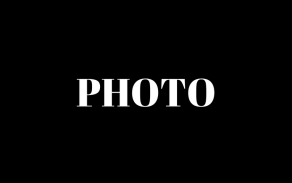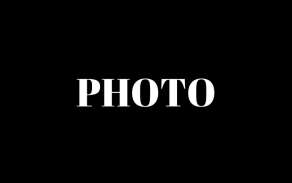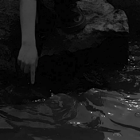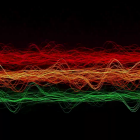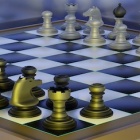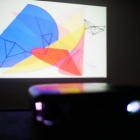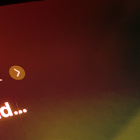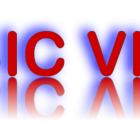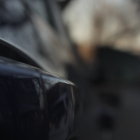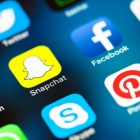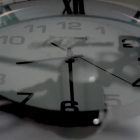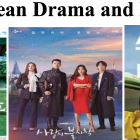DMS Student Showcase 2021
DMS 606 Sound and Space

In this course, students interested in learning more about music and sound, and sound’s relationship with and existence ins pace, have been experimenting with creating virtual spaces. (This was particularly germane since the class took place over Zoom, an entirely virtual space.) We have analyzed how sound behaves in real spaces, both natural and human-built, with the goal of understanding how these spaces influence sound, and human perception.
Some of the questions we considered are: How do spaces influence the creation of sound? What do designers of real spaces take into consideration when they build a physical space? And what can we learn from real spaces when creating“virtual” spaces? Students have been working in the software programming environment Max/MSP/Jitter, which was designed for live performance, interactive media, performance art, installation art, and virtual environments, exploring algorithmic structures, digital signal processing, perception, generation of new sounds, and the development of sound distribution in space while constructing real-time interactive systems. Because of music and sound’s characteristic relationship with other media forms, and its deep interdisciplinary connections to areas as diverse as interactive media, performance art, installation art, film, video, and virtual environments, most of the projects the students have created this semester reflect an interest in making use of and manipulating diverse media within the same environment.
Student Name
Project Title
Short description of work, quote from student, teaser to full profile, etc.
Student Name
Project Title
Short description of work, quote from student, teaser to full profile, etc.
Student Name
Project Title
Short description of work, quote from student, teaser to full profile, etc.
Student Name
Project Title

Short description of work, quote from student, teaser to full profile, etc.
Student Name
Project Title
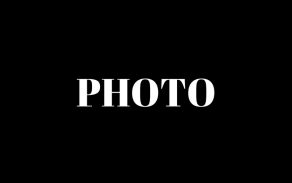
Short description of work, quote from student, teaser to full profile, etc.
Student Name
Project Title

Short description of work, quote from student, teaser to full profile, etc.
